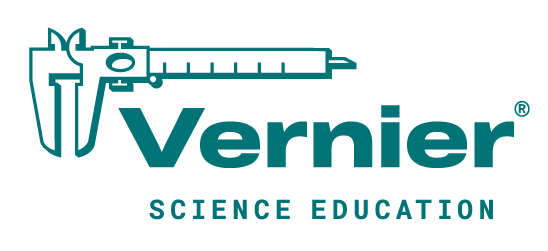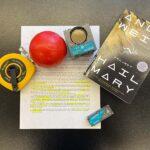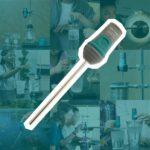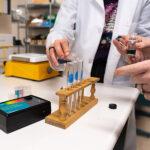
Sharing ideas and inspiration for engagement, inclusion, and excellence in STEM
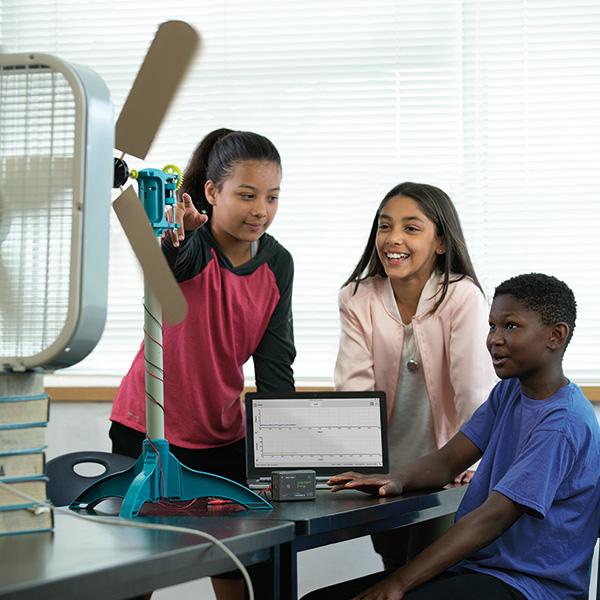
Middle school is a great time to give students more experience collecting and working with data. Whether they’re testing chemical reactions, tracking environmental changes, or exploring energy systems, hands-on investigations help them connect big science ideas to the world around them.
That’s where Vernier tools come in. Our sensors are built for student use and support key NGSS and state science standards. They pair with ready-to-use investigations that align with the topics you’re already teaching—and can also support more creative classroom applications, like this school aquarium project in a 6th-grade California classroom.
Here are a few ideas for getting started with Vernier in your middle school classroom.
Four of Our Favorite Middle School Science Investigations
Each of the following experiments aligns with a core performance expectation from the NGSS middle school standards and gives students the opportunity to collect and analyze real data.
Together, these experiments highlight the range of topics Vernier tools can support—from simple introductory experiments to multi-step investigations and design challenges. Whether you’re just getting started or looking to deepen your students’ engagement, there’s something here for every classroom.
1. A Good Cold Pack
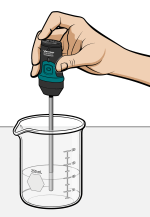
Experiment #16 from Middle School Science with Vernier
Core Ideas: Chemical Reactions (PS1.B), Definitions of Energy (PS3.A)
Sensor: Go Direct® Temperature Probe
Why do instant cold packs get cold? Whether it’s a sprained ankle after gym class or a first‑aid kit on a field trip, students have likely seen a cold pack in action—but probably haven’t stopped to think about what’s going on inside. In this investigation, students collect temperature data with a
Go Direct Temperature Probe, test different substances to figure out which combinations absorb the most thermal energy, and then design a better cold pack.
NGSS Standard: MS-PS1-6. Undertake a design project to construct a device that releases or absorbs thermal energy through chemical processes.
2. Bubbles in Your Bread
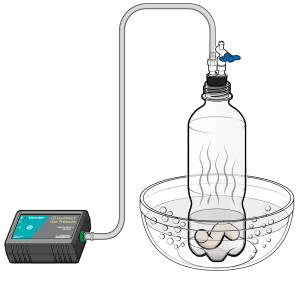
Experiment #4 from Investigating Gas Pressure
Core Ideas: Structure and Function (LS1.A), Growth and Development of Organisms (LS1.B), Chemical Reactions (PS1.B)
Sensor: Go Direct Gas Pressure Sensor
What’s happening inside a rising loaf of bread—or a bottle of bubbly kombucha? In this investigation, students explore how living yeast cells help dough rise. By mixing yeast with sugar and water at different temperatures, students use a Go Direct Gas Pressure Sensor to track the carbon dioxide gas produced during fermentation.
This experiment gives students a clear, measurable look at how temperature influences both biological and chemical processes—and shows how a familiar food phenomenon can connect to deeper scientific ideas about metabolism, gas production, and the environmental conditions living organisms need to function.
NGSS Standard: MS-LS1-7. Develop a model to describe how food is rearranged through chemical reactions forming new molecules that support growth and/or release energy as this matter moves through an organism.
3. Water Treatment
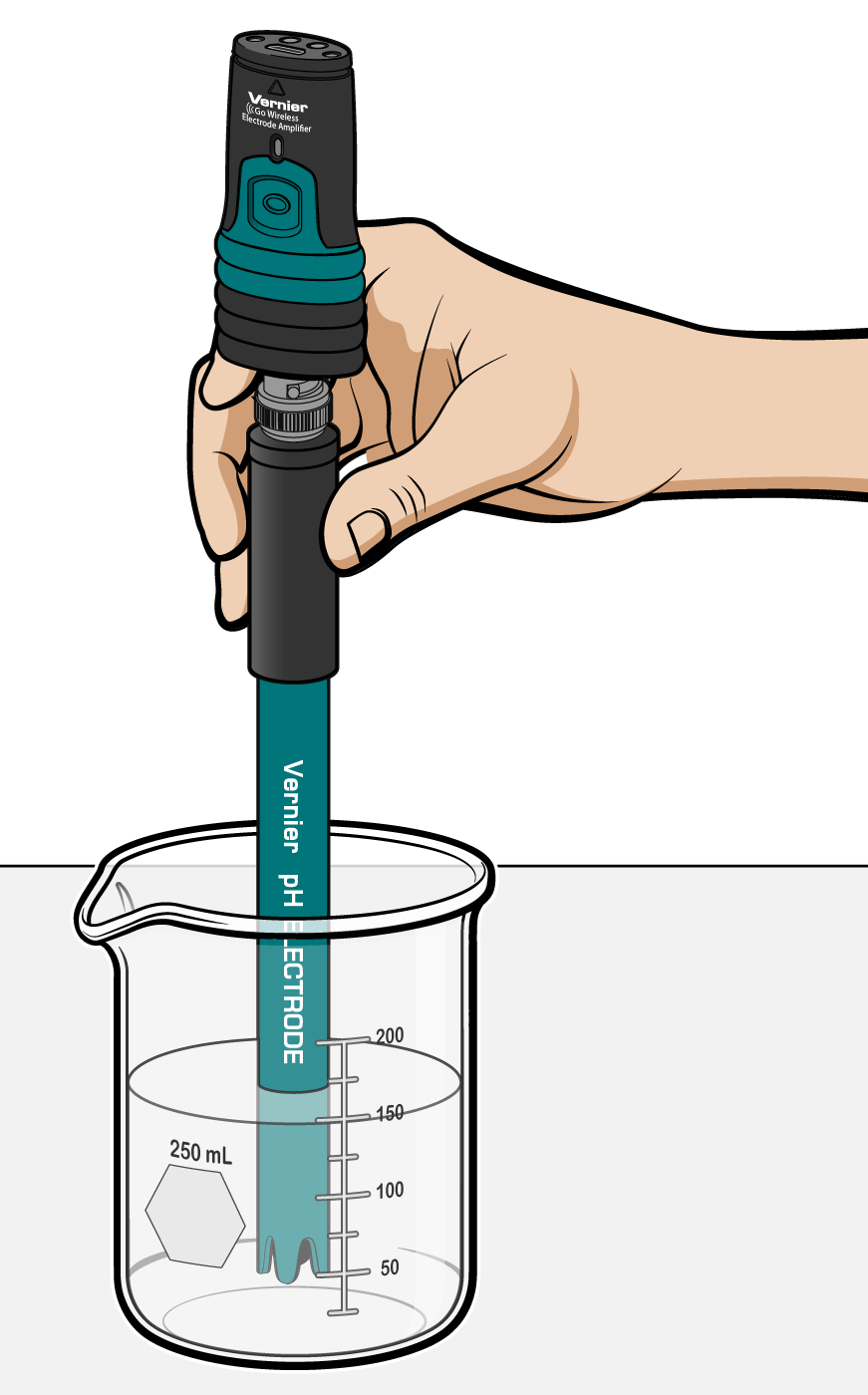
Experiment #14 from Earth Science with Vernier
Core Ideas: Natural Resources (ESS3.A), Human Impacts on Earth Systems (ESS3.C), Engineering Design (ETS1.A-C)
Sensor: Go Direct Conductivity Probe, Go Direct pH Sensor, Go Direct Turbidity
How do we make sure the water in our community is safe to drink? In this experiment, students simulate the water treatment process by building their own filtration systems—then use sensors to evaluate how well they worked. It’s a tangible way to explore the science behind public health infrastructure and human impact on Earth systems while engaging in engineering thinking.
This activity also makes a great capstone after students have explored individual water quality factors—like acidity (pH), water cloudiness (turbidity), and/or total dissolved solids (conductivity)—in earlier experiments from the same lab book.
NGSS Standard: MS-ESS3-3. Apply scientific principles to design a method for monitoring and minimizing human impact on the environment.
4. Exploring Wind Turbines
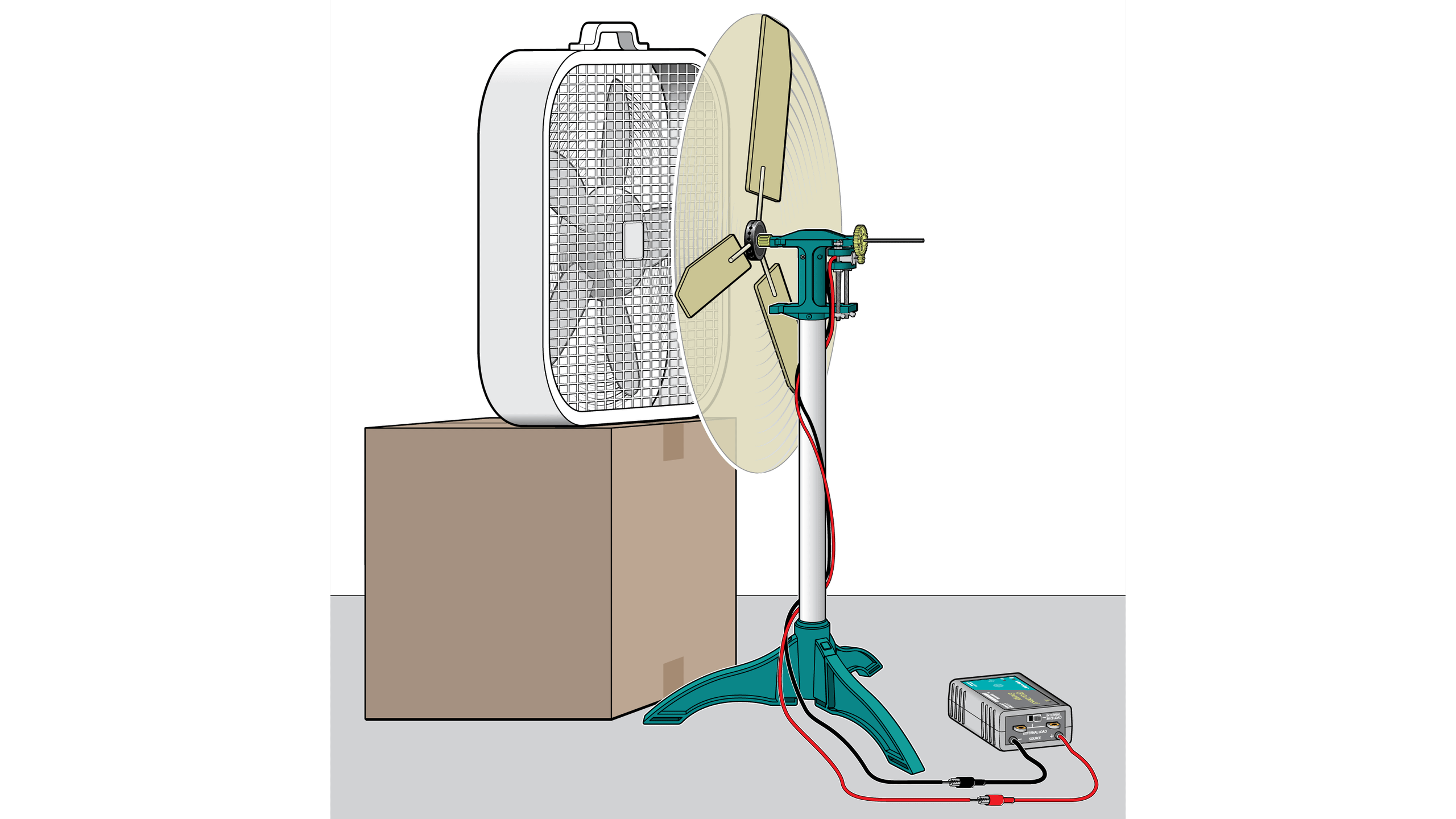
Experiment #3 from Wind Energy Explorations
Core Ideas: Energy Transfer and Conversion (PS3.A), Engineering Design (ETS1.A-C), Natural Resources (ESS3.A)
Sensor: Go Direct Energy Sensor, KidWind Basic Wind Experiment Kit
How can we harness wind to generate renewable electricity? In this design-based activity, students build and test turbine blades, collect energy output with the Go Direct Energy Sensor, and optimize their designs to generate the most energy. It’s a powerful way to explore renewable energy systems, energy transformation, and the engineering design cycle—all while helping students consider real-world energy challenges.
NGSS Standard: MS-ETS1-4. Develop a model to generate data for iterative testing and modification of a proposed object, tool, or process.
NGSS Standard: MS-ESS3-1. Construct a scientific explanation based on evidence for how the uneven distributions of Earth’s mineral, energy, and groundwater resources are the result of past and current geoscience processes.
OpenSciEd Resources
Teaching with OpenSciEd curriculum? We offer free supplemental instructions to help you incorporate Vernier tools into your middle school OpenSciEd units, making it even easier to add hands-on data collection to your lessons.
Ready to Explore More?
From quick-start experiments to full lab books, Vernier offers a range of tools that make it easy to bring meaningful, data-rich science experiences into your middle school classroom. Whether you’re just getting started or looking to expand what you already do, we’re here to help you make hands-on science happen.
Explore our middle school resources.
Questions about getting started with Vernier data-collection technology? We’re here to help! Reach out to our team at support@vernier.com, call 888-837-6437, or drop us a line in our live chat.
Share this Article

Sign up for our newsletter
Stay in the loop! Beyond Measure delivers monthly updates on the latest news, ideas, and STEM resources from Vernier.
